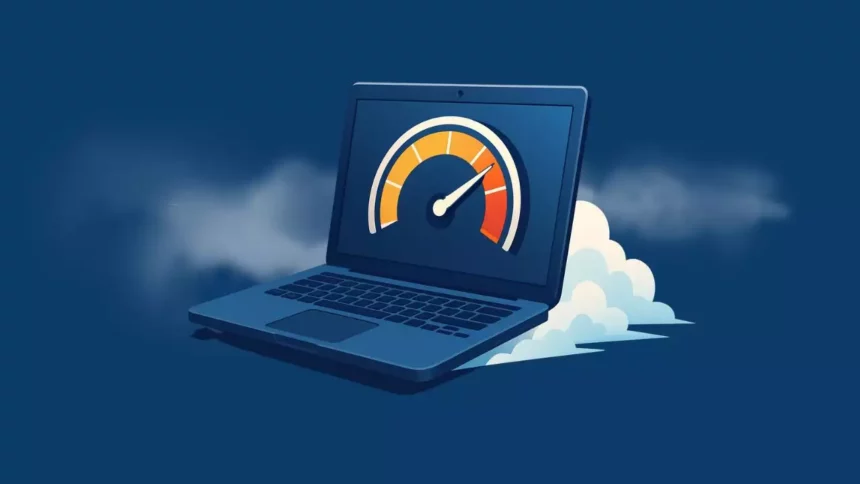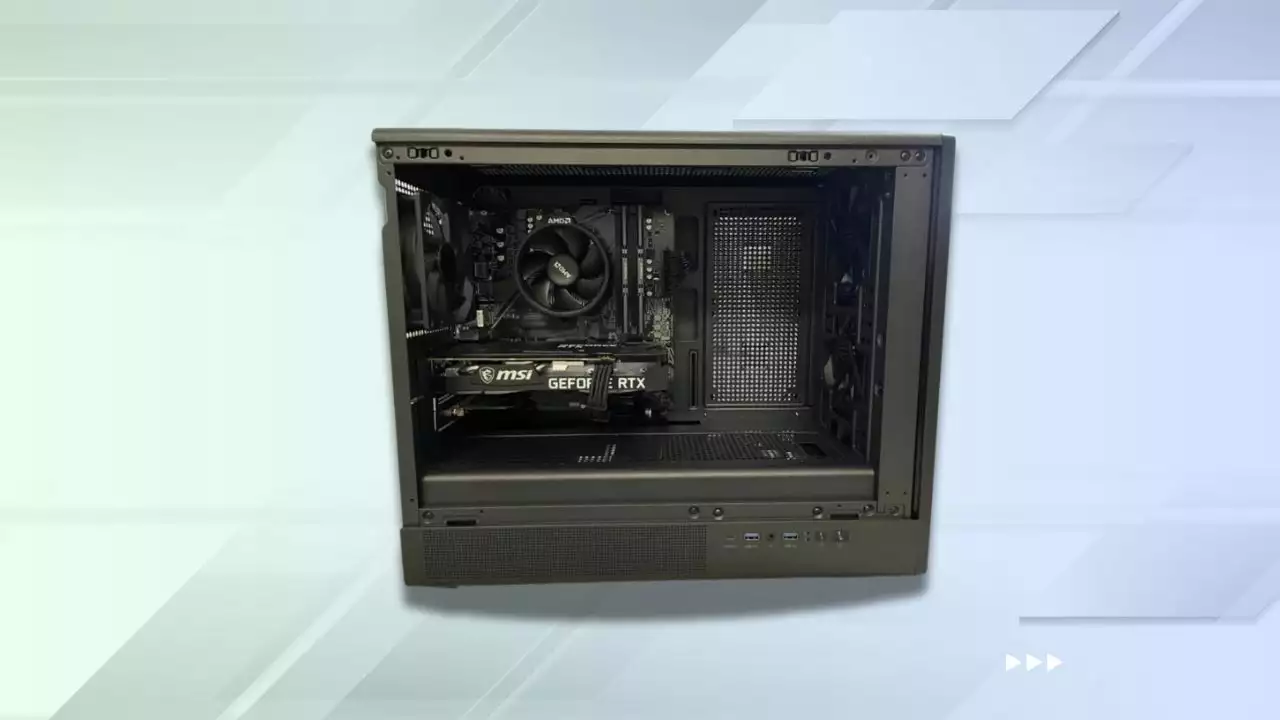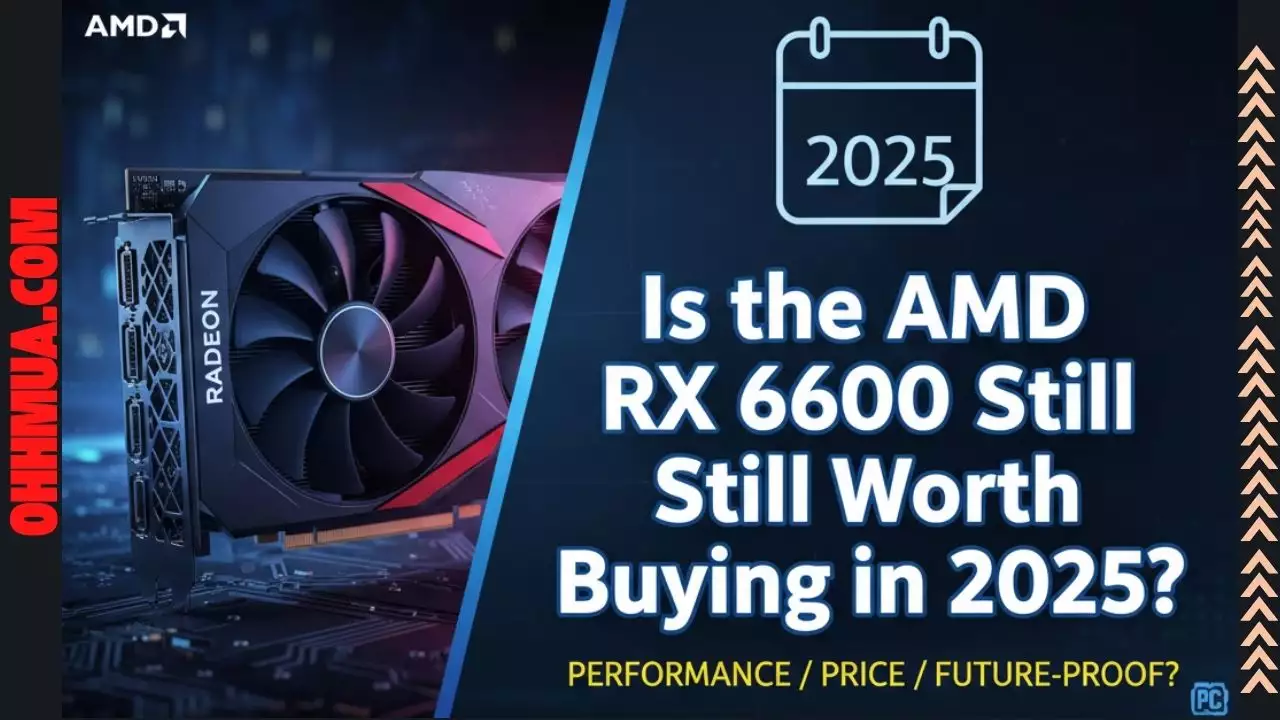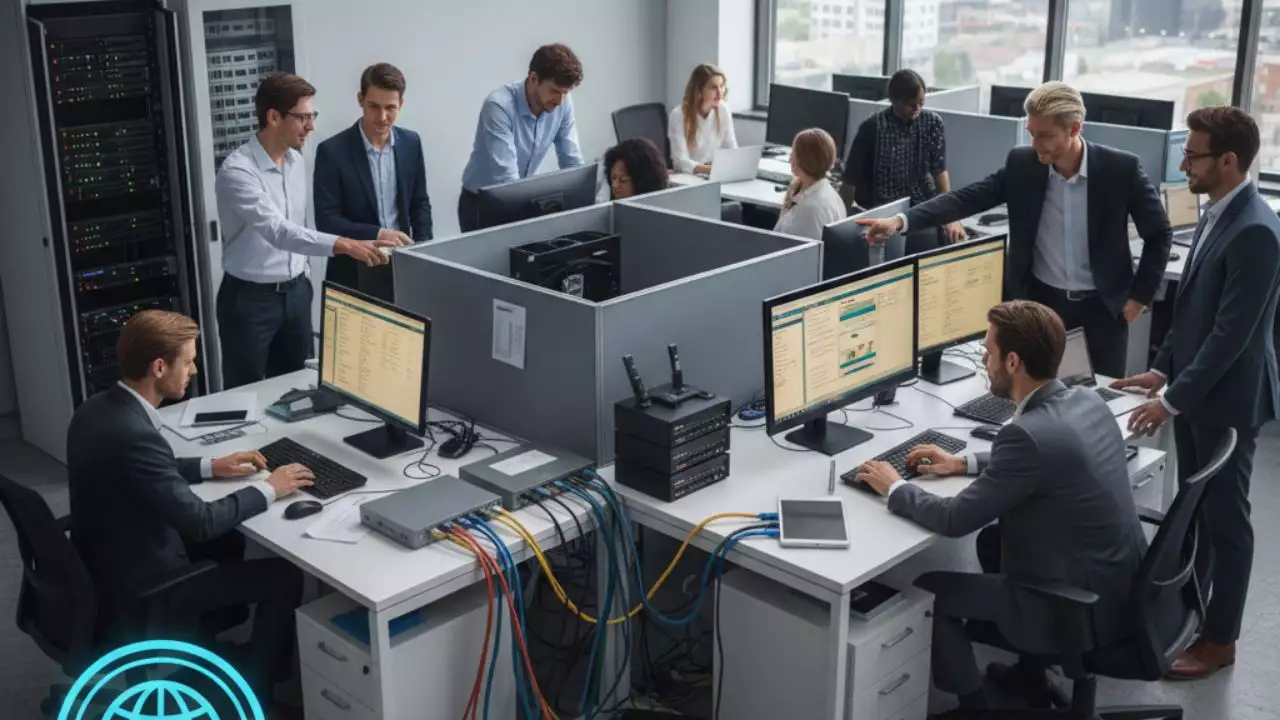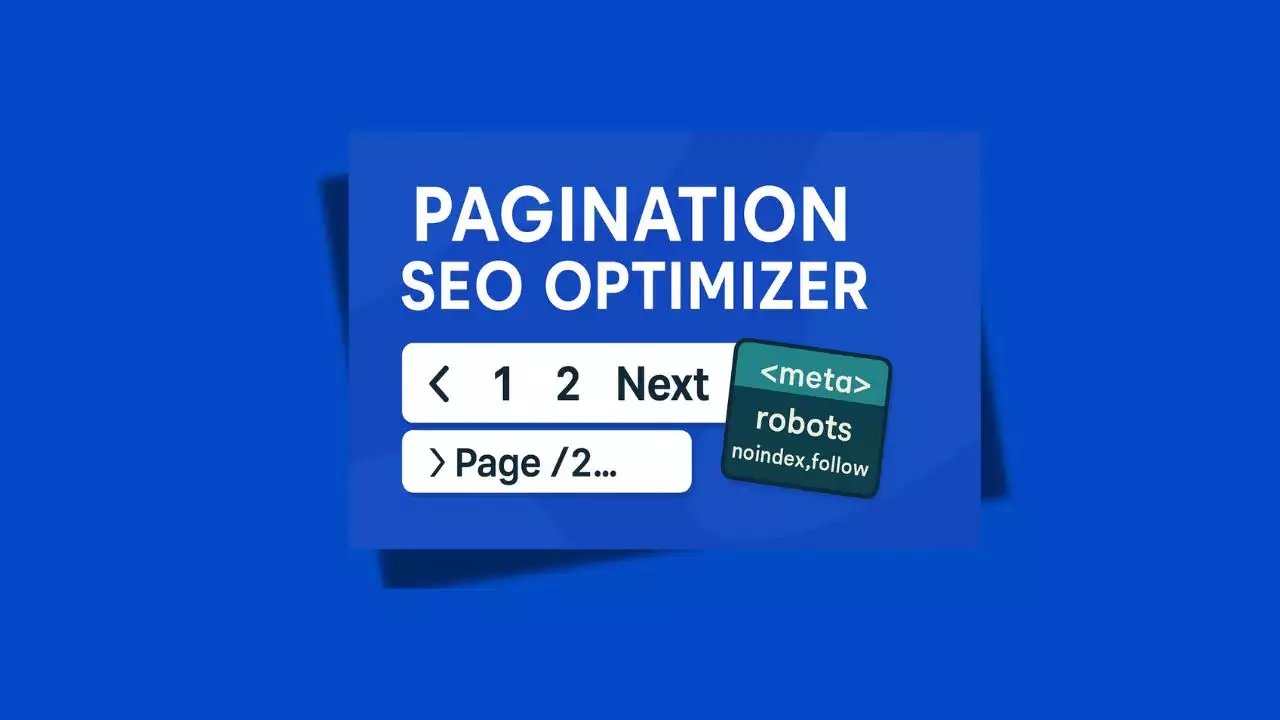Over time, even high-performance computers can become slower. This is a common issue caused by accumulated junk files, unnecessary software, viruses, or aging hardware. This article will explain the reasons in detail and provide five effective steps to improve your computer’s performance, along with additional tips for optimization.
Reasons Why Your Computer Is Getting Slower
Here are the main causes that may lead to a sluggish computer:
| Cause | Description | Impact |
|---|---|---|
| Accumulated Junk Files | Temporary files, old installation files, or unnecessary data pile up on your hard drive. | Takes up space and slows down data access. |
| Unnecessary Software | Unused apps or background-running programs consume resources. | Decreases CPU and RAM performance. |
| Auto-start Programs | Apps like Zalo or Messenger automatically launch at Windows startup. | Slows boot time and consumes resources. |
| Viruses and Malware | Malicious software quietly uses system resources. | Causes slowness, system crashes, or data loss. |
| Full or Aging Hard Drive | A nearly full or fragmented HDD slows down file access. | Causes lag and long response times. |
| Insufficient RAM | Not enough RAM to handle multiple tasks. | System uses slow virtual memory from the hard drive. |
| Outdated OS/Drivers | Old Windows versions or incompatible drivers. | Causes bugs or performance drops. |
| Infrequent Restarts | System memory isn’t refreshed, background processes build up. | Gradual decline in performance. |
5 Steps to Speed Up Your Computer
Step 1: Clean System and Personal Junk Files
Junk files from the system (e.g., temp files, logs) and personal data (e.g., unused documents, images) can quickly fill up your hard drive, especially drive C where Windows is installed. To clean:
Use Disk Cleanup:
-
Right-click on drive C > Properties > Disk Cleanup.
-
Select items like “Temporary files”, “Recycle Bin”, “System files” and delete them.
-
For deeper cleanup, choose “Clean up system files”.
Check Personal Folders:
-
Go through folders like Downloads, Documents, Pictures, Videos.
-
Delete unnecessary files or move them to another storage drive.
-
Ensure at least 50GB of free space on drive C for smooth OS operation (Microsoft Support).
Bonus Tool: Use CCleaner to automatically remove junk files and fix registry errors.

Step 2: Uninstall Unnecessary Software
Unused or rarely used apps can take up space and run in the background, slowing down the system. To uninstall:
-
Go to Control Panel > Programs > Uninstall a program.
-
Review the software list, identify unneeded apps and uninstall them.
-
Check browsers (Chrome, Firefox, Edge) and remove unnecessary extensions, which can slow down browsing (HP Tech Takes).
-
After uninstalling, use CCleaner to clean leftover registry entries.
Step 3: Disable Startup Programs
Many apps automatically start with Windows, increasing boot time and using system resources. To disable:
-
Press Ctrl + Shift + Esc to open Task Manager > go to the Startup tab.
-
Right-click on unnecessary apps (like Zalo, Messenger) and choose Disable.
-
Only keep essential programs such as input method editors (Computerhope).
-
On Windows 10/11: Go to Settings > Apps > Startup for easier management.
Disable Startup Programs
Step 4: Scan for Viruses and Malware
Viruses and malware are common causes of system slowdowns. To protect:
-
Use Windows Defender (built-in on Windows 10/11) or trusted antivirus programs like Avast, AVG, or Malwarebytes.
-
Regularly update your antivirus software and perform full system scans.
-
Avoid downloading software from unknown sources, as they may contain malware (Techslang).
-
If you suspect infection, run a full scan and don’t disable your antivirus.
Step 5: Reinstall Windows If Needed
If the above steps don’t help, reinstalling Windows is a last resort to refresh your system:
-
Back up data: Save important files to an external drive or cloud service like OneDrive.
-
Use the “Reset this PC” feature (Settings > Update & Security > Recovery > Reset this PC > Remove everything).
-
If installation fails or the system remains slow, check your hard drive’s health using CrystalDiskInfo. If the drive is failing, consider replacing it with an SSD (CNET).
Note: Switching from HDD to SSD can significantly improve your computer’s speed.
Bonus Tips to Optimize Performance
-
Update Windows and Drivers: Check for updates via Settings > Update & Security > Windows Update (Microsoft Support).
-
Defragment the Hard Drive (HDD only): Use “Defragment and Optimize Drives” (press Windows + S > search “defragment”) to reorganize data (Crucial).
-
Upgrade RAM: If your system has less than 8GB RAM, adding more can improve multitasking performance (HP Tech Takes).
-
Disable Visual Effects: Go to This PC > Properties > Advanced system settings > Performance > Settings > Select “Adjust for best performance” (CNET).
-
Restart Regularly: Reboot your computer weekly to refresh memory and free up resources (Vintageits).
-
Pause OneDrive Syncing: Click the OneDrive icon > More > Pause syncing (CNET).
Conclusion
A fast and stable computer helps boost productivity, save time, and reduce frustration. By applying the five steps above and the extra tips, you can restore and maintain your computer’s performance over time. Don’t forget to perform regular maintenance so your digital companion stays in top shape!

Hi, I’m Nghia Vo: a computer hardware graduate, passionate PC hardware blogger, and entrepreneur with extensive hands-on experience building and upgrading computers for gaming, productivity, and business operations.
As the founder of Vonebuy.com, a verified ecommerce store under Vietnam’s Ministry of Industry and Trade, I combine my technical knowledge with real-world business applications to help users make confident decisions.
I specialize in no-nonsense guides on RAM overclocking, motherboard compatibility, SSD upgrades, and honest product reviews sharing everything I’ve tested and implemented for my customers and readers.

